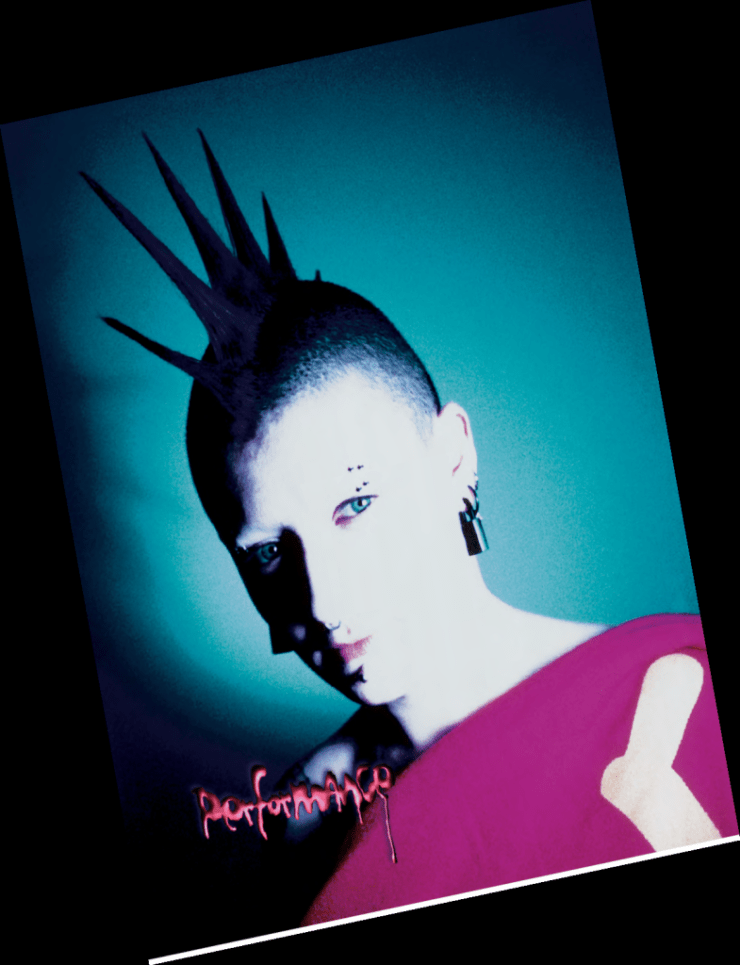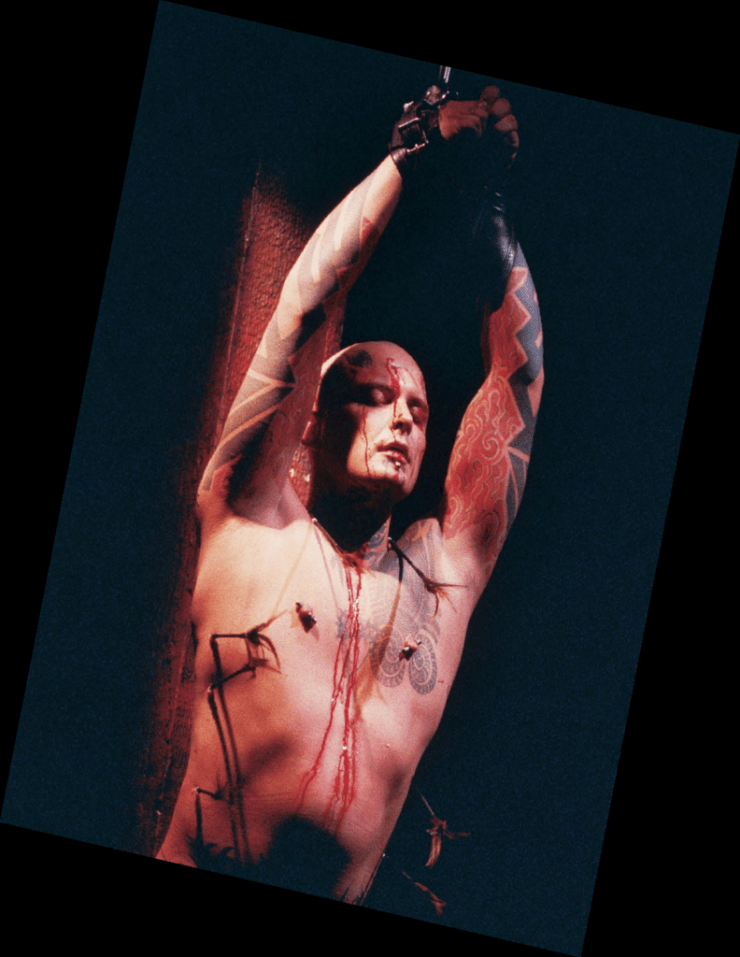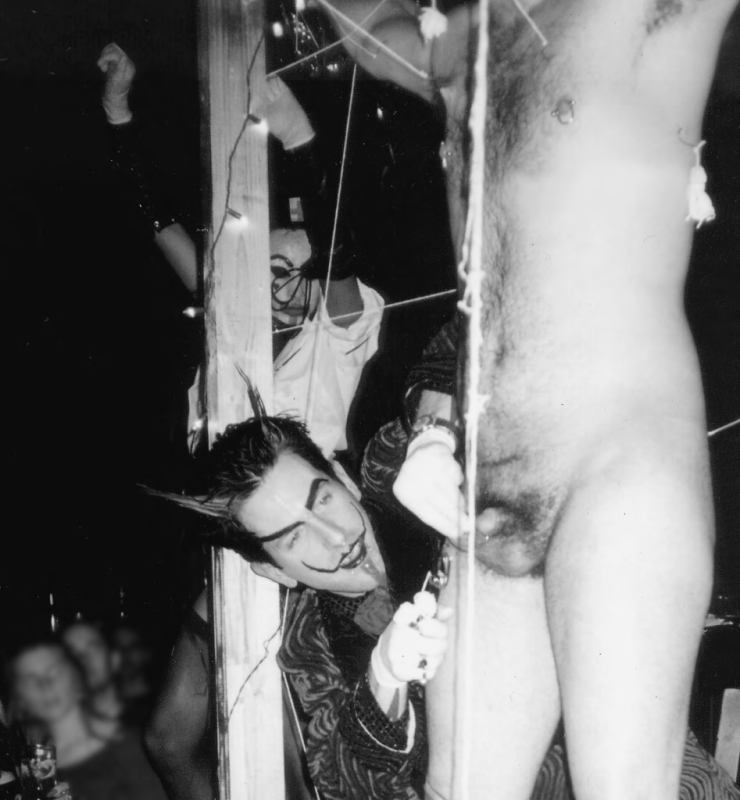In the 1990’s, Jim Ward observed that there were a lot of body piercing studios opening
up. Over the years since the 1975 establishment of Gauntlet, Jim and his staff had
developed and refined the best in body piercing techniques, with safety and successful
outcomes in mind. Jim decided that that expertise should be shared with the inevitably
expanding body piercing profession. First the Pierce With A Pro videos, and then
Gauntlet’s body piercing seminars – Responsible Body Piercing – made the techniques
widely available.
Go to runningthegauntlet-book.com to get your copies of these
historical looks at what was state of the art.
































